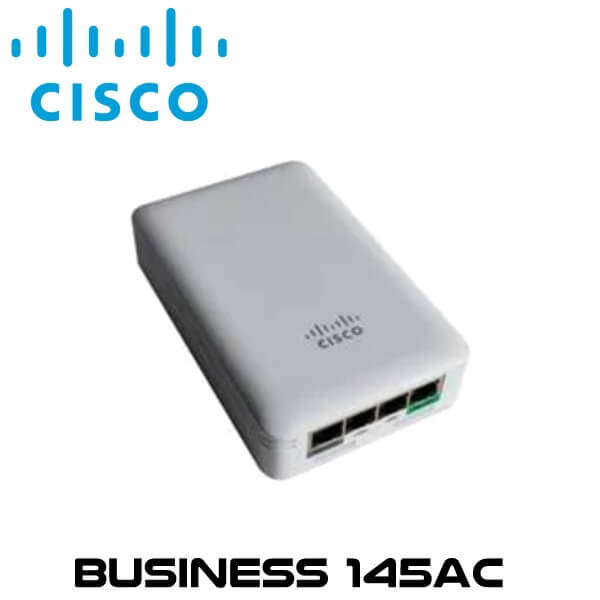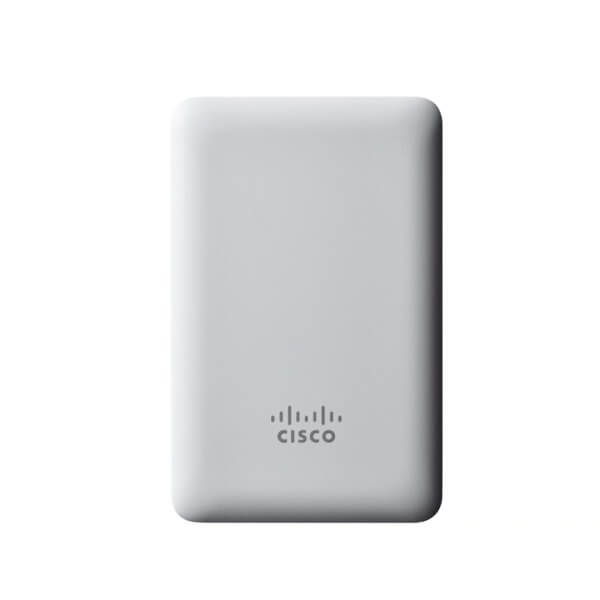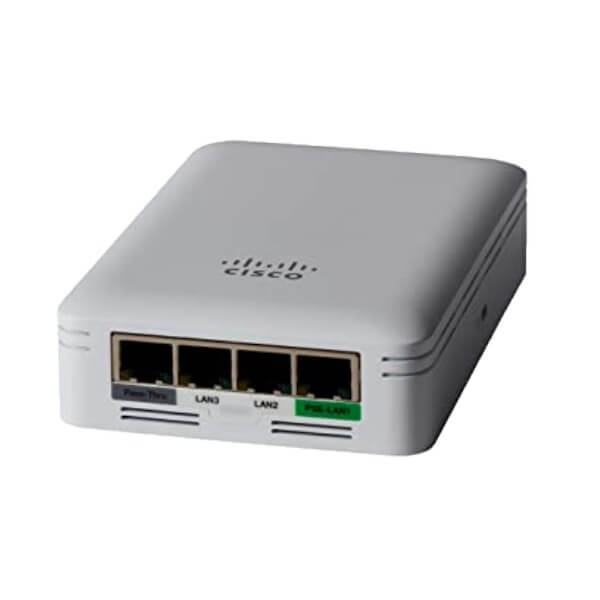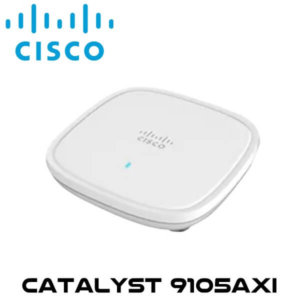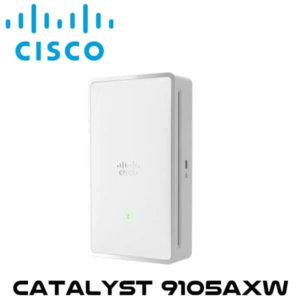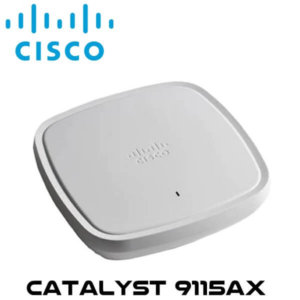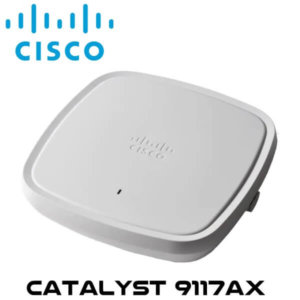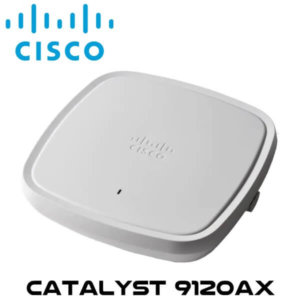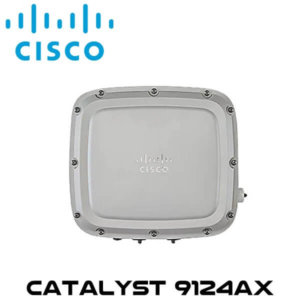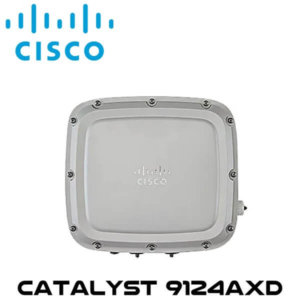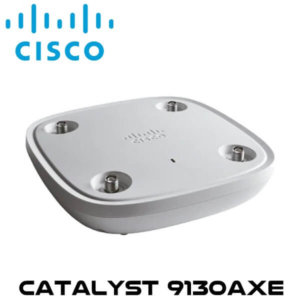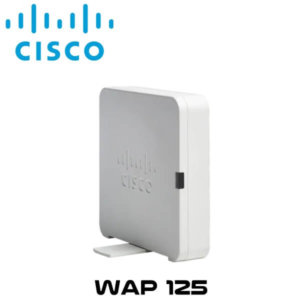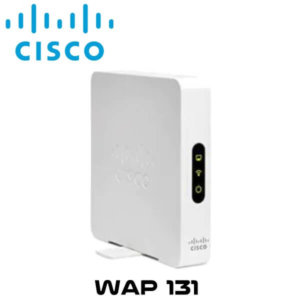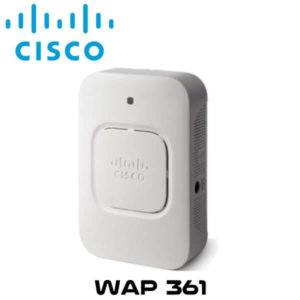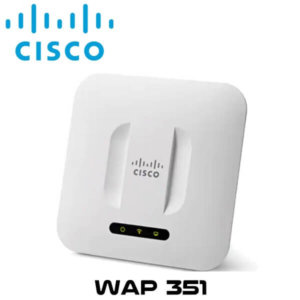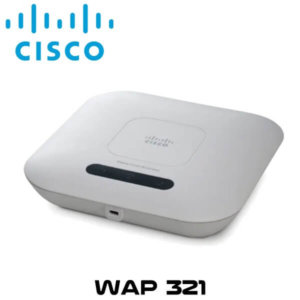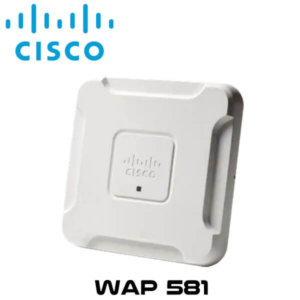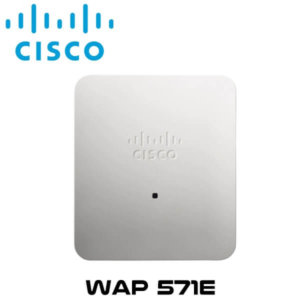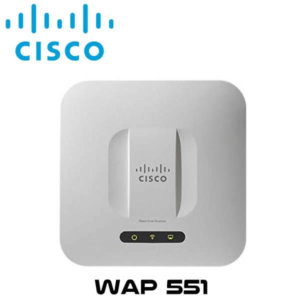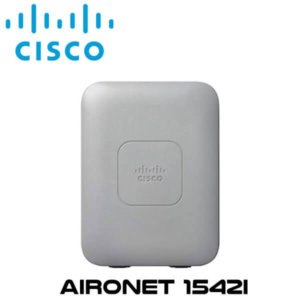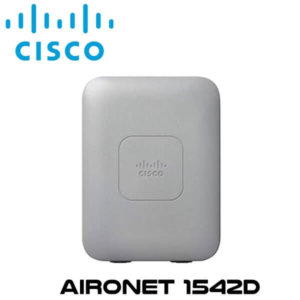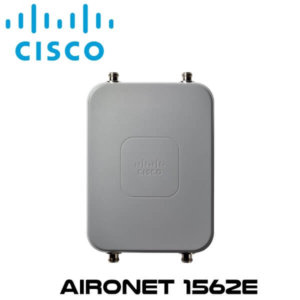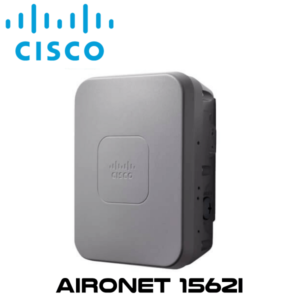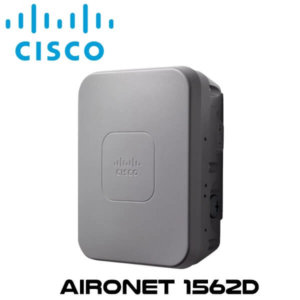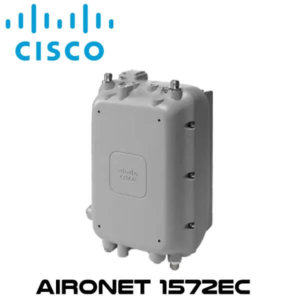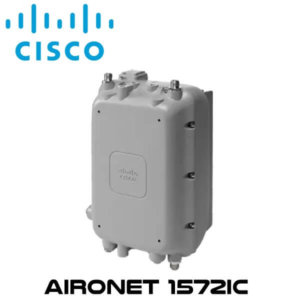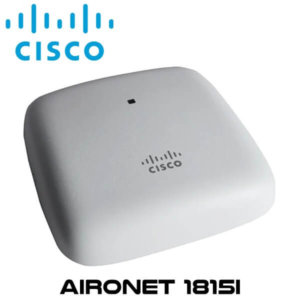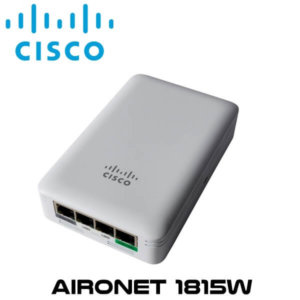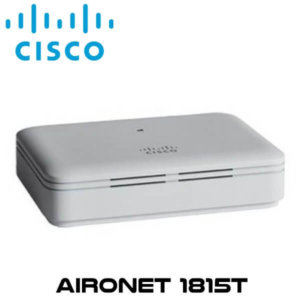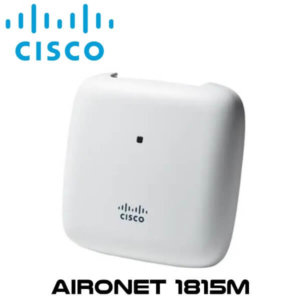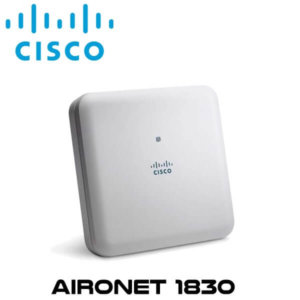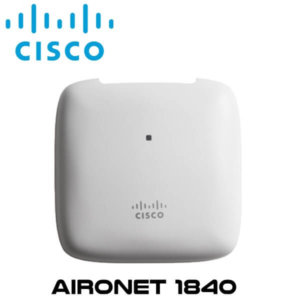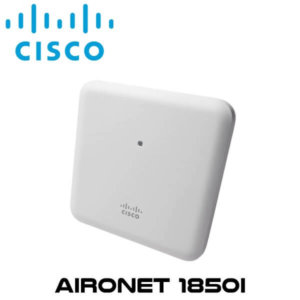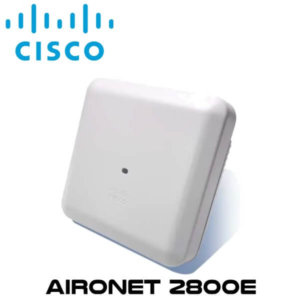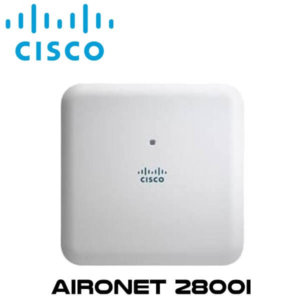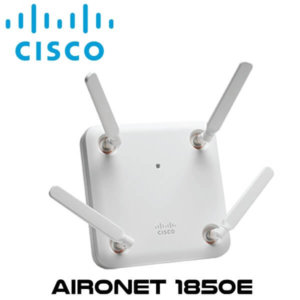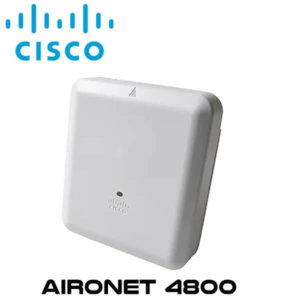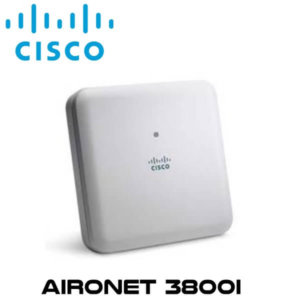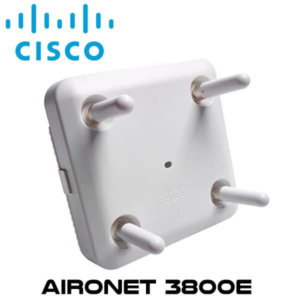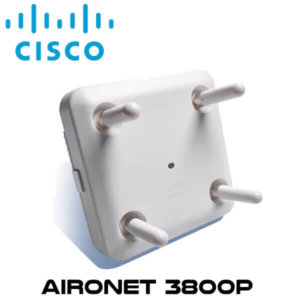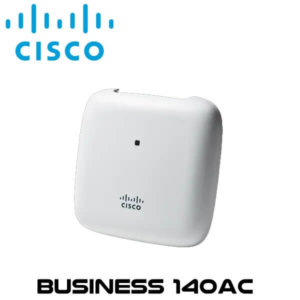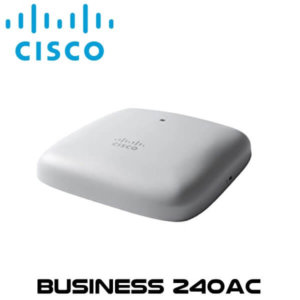Description
Cisco Business145AC Access Point Ghana
The Cisco Business145AC Ghana is a compact, wall plate–mountable access point, ideal for in-room or office deployments requiring connectivity for both wired and wireless devices. Incorporating support for 802.11ac Wave 2 wireless standards and Gigabit Ethernet wired connectivity into a sleek device, the Cisco Business145AC Ghana is built to take full advantage of in-wall cabling infrastructure while blending into the visual footprint. This combination provides deployment flexibility while offering best-in-class performance.
Supporting 802.11ac Wave 2 standard, the Cisco Business 145AC Access Point delivers a data rate of up to 867 Mbps on its 5-GHz radio. This exceeds the data rates offered by access points that support the 802.11n standard. It also enables a total aggregate dual-radio data rate of up to 1 Gbps, providing the necessary foundation for small business and Managed Service Providers (MSPs) to stay ahead of the performance expectations and needs of their wireless users. The Cisco WiFi Ghana Access Point delivers industry-leading performance with highly secure and reliable wireless connections, for a robust, mobile end-user experience.
Features
MU‑MIMO
With Multi-User (MU) Multiple-Input Multiple-Output (MU-MIMO) technology Cisco Business145AC Ghana allows transmission of data to multiple 802.11ac Wave 2–capable clients simultaneously to improve the client experience. Prior to MU-MIMO, 802.11n and 802.11ac Wave 1 access points could transmit data to only one client at a time. This was typically referred to as Single-User MIMO (SU-MIMO).
Gigabit Ethernet ports
Cisco Business145AC Ghana has three local Gigabit Ethernet ports are available to securely connect wired devices to the network. Traffic from wired devices can be tunneled back to Master AP or be locally switched by the access point. One of these Ethernet ports can also provide Power over Ethernet (PoE) out to power a device such as an IP phone or a security camera.
Simplified management
Deploy and configure multiple Cisco Business access points and mesh extenders easily without a physical controller, using Cisco Business Mobile software. Optional multisite remote management is available through the Cisco FindIT Network Management.
Mesh technology support
This Cisco WiFi Ghana mix and match Cisco Business mesh extenders or access points to increase WiFi coverage throughout your business.
Flexible deployment
Experience flexible deployment models, Cisco Business145AC Ghana supports multiple concurrent use cases required by small businesses, including point of sale systems, surveillance cameras, guest access, and more.
Increased wireless performance
The Cisco Business145AC Ghana Access Point supports the latest 802.11ac Wave 2 standard for higher performance, greater access, and higher-density networks. With simultaneous dual radios and dual bands with 802.11ac Wave 2 MU-MIMO functionality, this access point can handle the increasing number of high-bandwidth devices that will soon become a common part of the network.
Cisco Business Mobile app
The Cisco Business145AC Ghana Access Point is managed by the Cisco Business Mobile app, an intuitive client application that simplifies traditional challenges associated with wireless network deployment, right from your mobile device. You can extend your network by adding new mesh extenders and automating wireless network activation in minutes. A robust management capability dynamically changes network configuration such as enabling guest access. Network usage, traffic patterns, and network throughput can be closely monitored, providing a real-time snapshot; this not only provides peace of mind, it virtually ensures optimal user experience. The Cisco Business Mobile app is available for iPhone, iPad, and Android devices.
Wired access
The Cisco Business145AC Ghana Access Point allows wired access via a single Gigabit Ethernet port. It supports full operation modes using PoE 802.3af power. The 145AC comes with three local Gigabit Ethernet ports, one uplink Gigabit Ethernet port, and one passive pass-through RJ-45 port, allowing for a variety of connections.
Mounting
Cisco Business145AC Ghana features a compact access point is designed with flexible mounting options in mind. You can mount it directly on the wall or to numerous global wall junction standards. It is easy to install, and the mounting hardware is included.
Specifications
| Authentication and security |
|
|
| Maximum clients | Maximum number of associated wireless clients : 200 per Wi-Fi radio, for a total of 400 clients per access point | |
| Max # of Mesh Extenders | Maximum number of associated Cisco Business mesh extenders : 25 per Access Point, up to 8 hops | |
| 802.11ac |
|
|
| Data rates supported | 802.11a : 6, 9, 12, 18, 24, 36, 48, and 54 Mbps | |
| 802.11b/g : 1, 2, 5.5, 6, 9, 11, 12, 18, 24, 36, 48, and 54 Mbps | ||
| 802.11n data rates on 2.4 GHz : 6.5 to 300 Mbps (MCS0-MCS15, HT 20/40) | ||
| 802.11ac data rates on 5 GHz : 6.5 to 867 Mbps (MCS0-MCS9) | ||
| Maximum number of nonoverlapping channels | A (A regulatory domain) :
B (B regulatory domain) :
C (C regulatory domain) :
D (D regulatory domain) :
E (E regulatory domain) :
F (F regulatory domain) :
G (G regulatory domain) :
H (H regulatory domain) :
I (I regulatory domain) :
|
K (K regulatory domain) :
N (N regulatory domain) :
Q (Q regulatory domain) :
R (R regulatory domain) :
S (S regulatory domain) :
T (T regulatory domain) :
Z (Z regulatory domain) :
|
| Available transmit power settings | 2.4 GHz
Up to 20 dBm |
5 GHz
Up to 20 dBm |
| Integrated antennas |
|
|
| Interfaces |
|
|
| Indicators | Status LED indicates boot loader status, association status, operating status, boot loader warnings, boot loader errors | |
| Dimensions (W x L x H) |
Access point (without mounting bracket) : 3.5 x 5.5 x 1.25 in. (89 x 140 x 31.5 mm) | |
| Weight | Access point without mounting bracket or any other accessories : 10 oz (280 g) | |
| Environmental | Operating
Non-operating (storage and transportation)
|
|
| System |
|
|
| Powering options |
|
|
| Power draw | 8.5W (maximum, without PoE out) | |
| Physical security |
|
|
| Mounting | Bracket is included with the access point | |
| Warranty |
|
|
| Compliance | Safety :
Radio approvals :
IEEE standards :
Security :
Multimedia : Wi-Fi Multimedia (WMM) Other :
|
|


